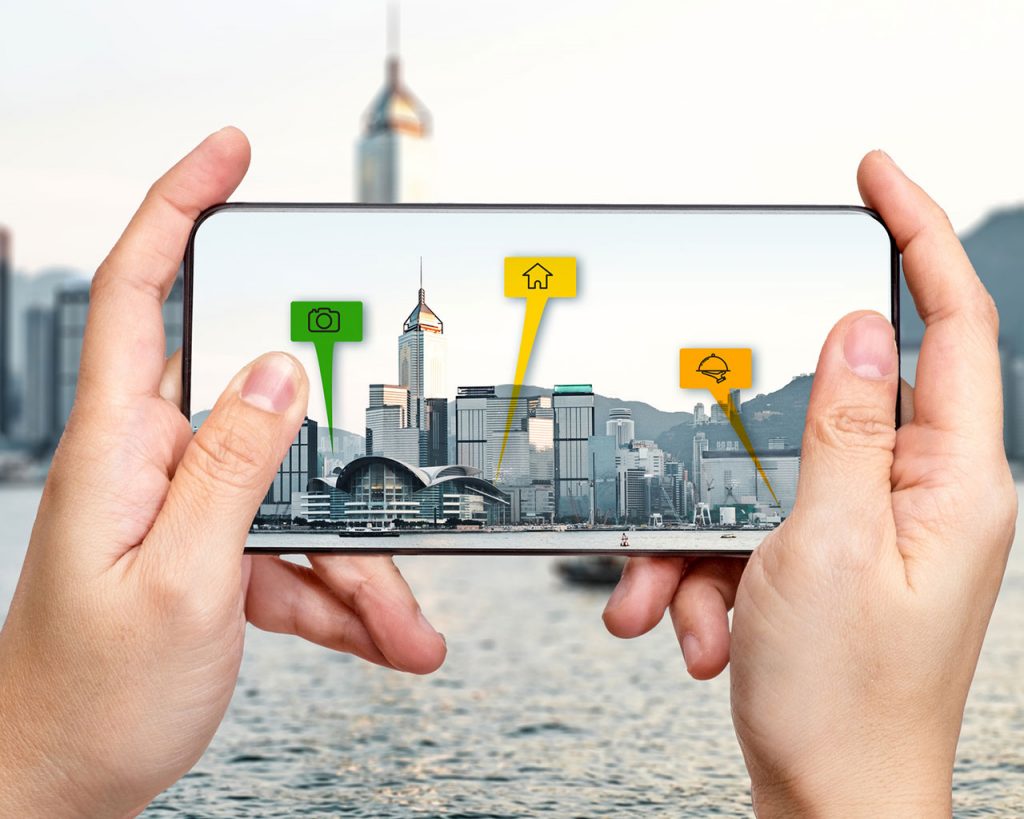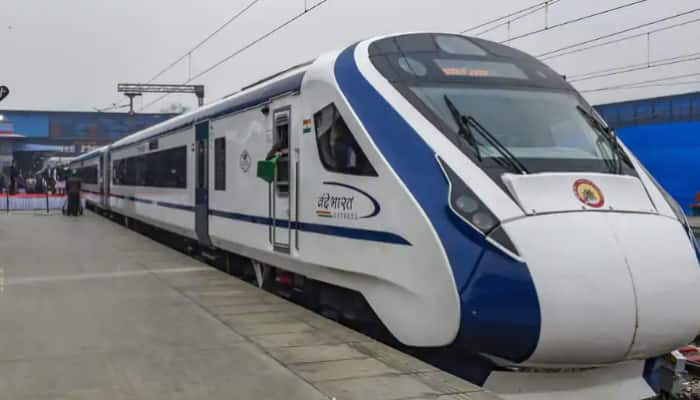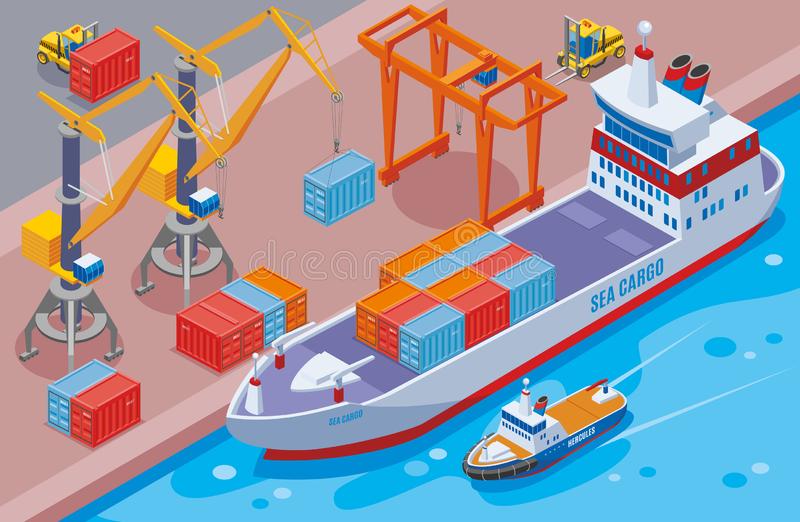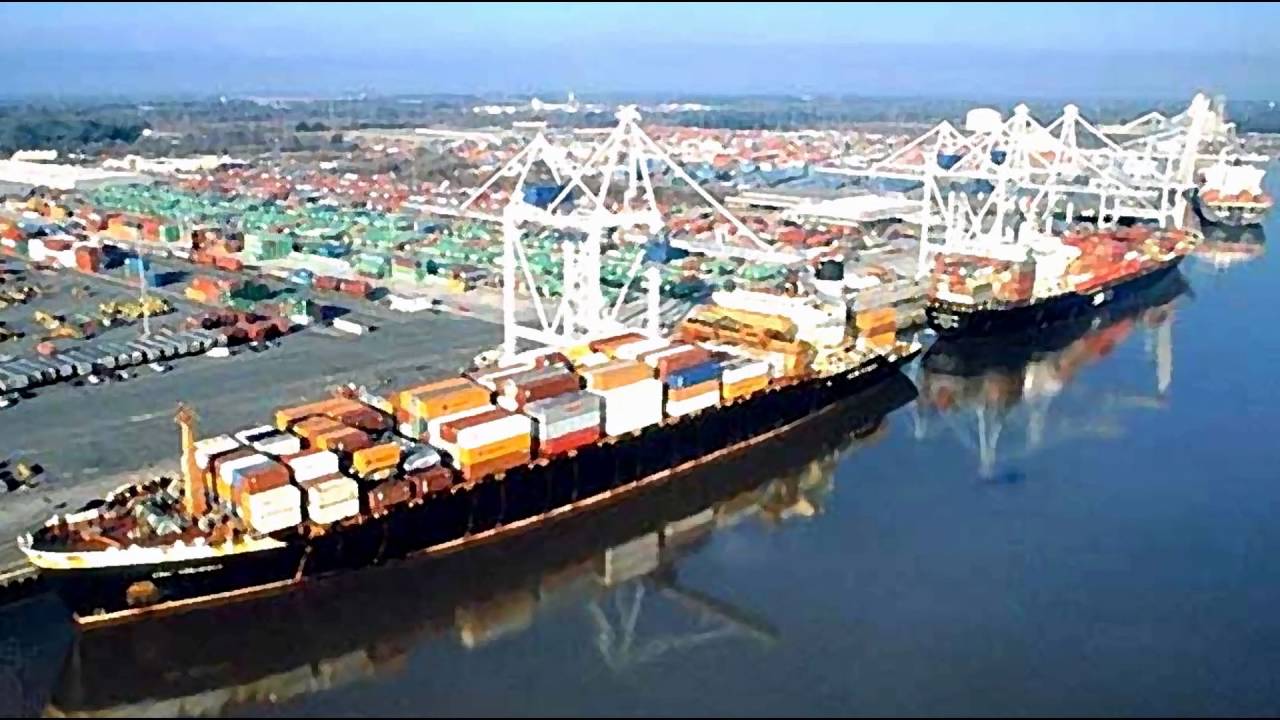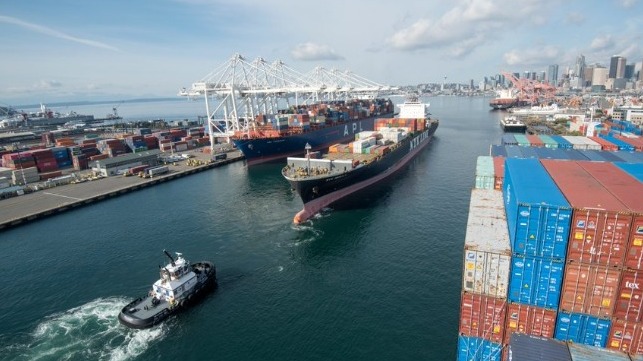
We are living in a world where communication is taken way more seriously than ever before. Communication has been taken to a different level, from letters to mobile communication to emails to sms to Whatsapp to Snapchat and the list can go on.
Today the most basic form of communication is either email or chats or messaging (be it sms or Whatsapp). Although personally I do not favour the modern forms of communication since it kills the whole corporate feeling to it, I have come to accept it, as it is a vital part of corporate communication.
In today’s world, we communicate more in the form of written rather than verbal text because of which the language used and the correct use of grammar surfaces as of the utmost importance, especially while writing to clients. Clients might just take the literal sense of what we say and miss the whole point altogether!. So here are 8 things, one should be careful about while writing a corporate email!
1. The KISS Rule

Keep it simple silly. No one likes to read long paragraphs or a long story in an email. It’s best to keep it short, simple and crisp. That is how a client would like it. But when I say simple it doesn’t only mean the simplicity of thoughts. More than the content it is the presentation that should be kept short and simple.
2. The Formal/ Informal Email

Depending on whom we are writing to, the tone and the content of the email changes. The kind of client he/she is left for you to decide. Remember, sometimes we should be very subtle about our opinions because not everyone can take honest suggestions in the right way. Here’s a short example of informal vs formal writing.
Informal: It is a bad idea.
Formal: I am not sure if this would be a good idea.
3. Spelling

This is where most of us go wrong. We depend a lot on the auto correct option but it’s not always a good idea. At times you need to double-check certain spellings, especially the client’s name while writing!
4. Never Say No

A client would never like to listen to phrases/words like; no, we cannot do it, it’s impossible, etc. So how would you convey a “no” to a client? There are a lot of ways to do it, here is one example: –
Instead of saying “we cannot do it” you can always say “what we can do instead.”
4. Proofreading
/getty_proofreading-184928153b-56afa02f3df78cf772c6cfb9.jpg)
This one I would say is the most important part of writing emails, ALWAYS proofread what you have written. I know we live in a crazy – busy world and it is very easy to just press that send button but get into a habit of double checking what you have written.
5. Watch Your Grammar And Your Capitals.

We have to be very careful about not making silly grammatical mistakes. Like for example; we should not forget who we are addressing and keep the gender correct throughout the email. A “her” cannot be addressed as a “him”, so we need to watch out. Take care of your singulars and plurals too.
6. Punctuation

Punctuations are something that could be overlooked if it is an informal email, however while writing to a client it needs to be attended to. As we are trying to create a good image to our client (especially your potential customers whom you are writing to for the first time.
7. Write Accurate Subjects

For easy access for you as well as your clients go the extra mile and write accurate email subjects. Create versions of documents so it’s easy to pick out the latest version of a design or copy, it will be appreciated deeply.






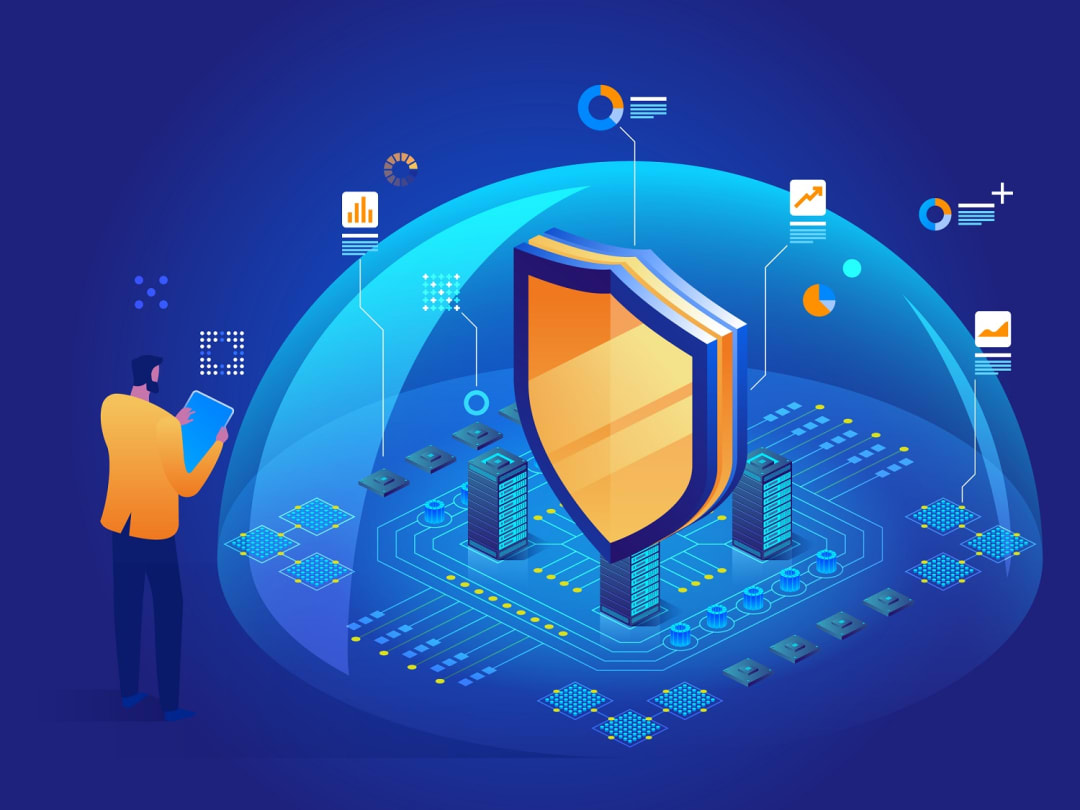










:quality(80)/granite-web-prod/72/05/7205959f451f4c2891c6707b719a7377.jpg)
